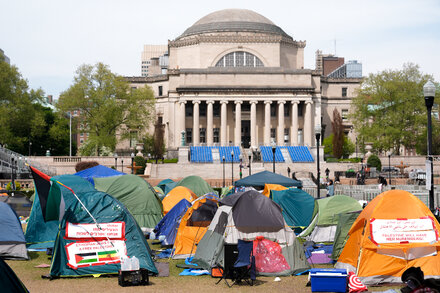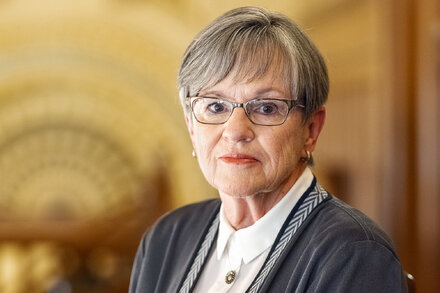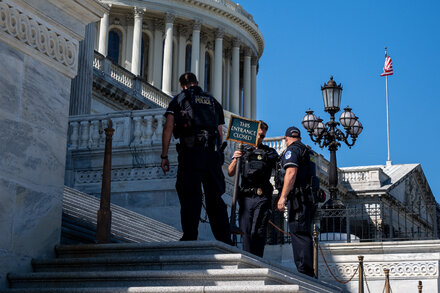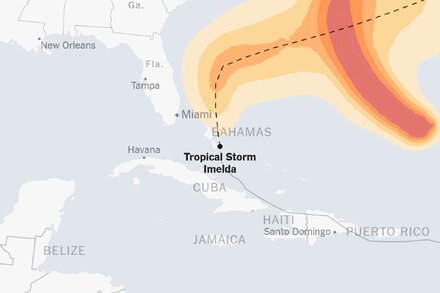Data centers, the unseen engines of the digital world, consume a vast and growing amount of electricity, fueling everything from cloud computing to artificial intelligence. While many major tech companies and data center operators have publicly committed to ambitious renewable energy targets, the sector still grapples with significant challenges in fully transitioning to green power sources.
The question of why data centers don’t utilize more green energy is multi-faceted, involving complex interplay between economics, grid infrastructure, geographical constraints, and the fundamental need for uninterrupted, high-quality power.
The Imperative of Uninterrupted Power
One of the primary hurdles is the insatiable and continuous demand for electricity. Data centers require power 24 hours a day, 7 days a week, with virtually no tolerance for outages. Renewable sources like solar and wind, while increasingly cost-effective, are inherently intermittent. Solar panels produce power only when the sun shines, and wind turbines operate only when there is sufficient wind.
This intermittency necessitates substantial backup systems or large-scale energy storage solutions, which can add significant cost and complexity. While battery storage technology is advancing rapidly, integrating it at the scale required for a hyperscale data center remains a considerable undertaking and investment.
“The ambition for 100% renewable energy is clear across the industry,” stated Dr. Alistair Finch, a lead analyst at Energy Insights Group. “However, the sheer scale of continuous, reliable power required by a modern hyperscale data center often necessitates a complex portfolio approach, blending direct renewable procurement with grid stabilization services and, in some cases, traditional baseload generation to ensure uninterrupted service.”
Geographic and Grid Constraints
Data centers are often strategically located based on factors such as proximity to fiber optic networks, available land, and access to robust, pre-existing grid infrastructure. These optimal locations do not always align with areas rich in renewable energy resources. Building large-scale solar farms or wind parks close to a data center site might be geographically impractical or prohibitively expensive due to land costs and transmission line requirements.
Furthermore, the existing electrical grids in many regions were not designed for the large-scale integration of distributed renewable energy sources. Upgrading grid infrastructure to reliably handle variable renewable input and transmit it to demanding data center loads requires massive investment and long planning cycles.
Economic Realities and Procurement Challenges
While the cost of renewable energy has fallen dramatically, securing 100% renewable power for a data center is not as simple as flipping a switch. Many companies rely on Power Purchase Agreements (PPAs) with renewable energy developers or purchase Renewable Energy Certificates (RECs) to offset their carbon footprint. While RECs can help meet sustainability targets, they don’t always ensure that the data center is directly powered by green energy from a specific local source.
Direct PPAs for large volumes of renewable energy involve long-term commitments and can still be more expensive or complex than drawing power directly from the established grid, especially when considering the need for backup and grid stability services. The financial models of data center operations are built on predictable and competitive energy costs, and the variability introduced by relying solely on specific renewable assets can be a deterrent.
Despite these challenges, the data center industry is making strides. Companies are investing in on-site renewables where feasible, exploring advanced battery storage, experimenting with microgrids, and actively lobbying for grid modernization. However, the journey to truly 100% green energy, directly delivered to every data center, remains a complex and ongoing endeavor.
Source: Read the original article here.





